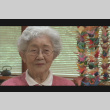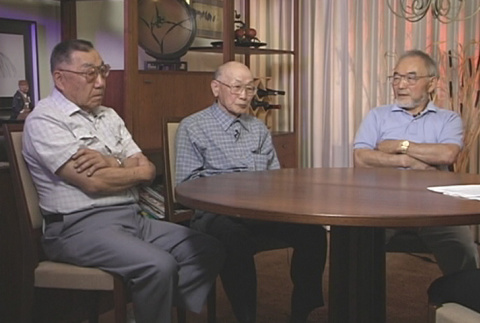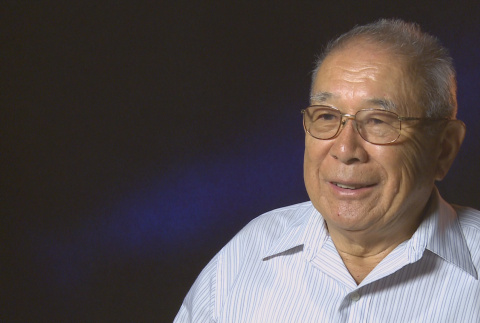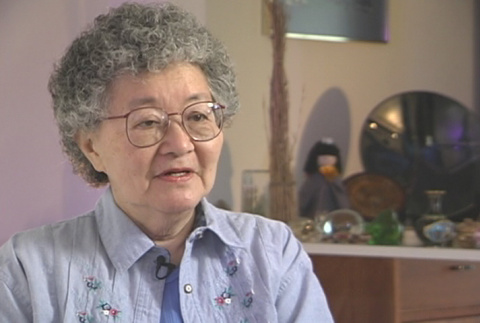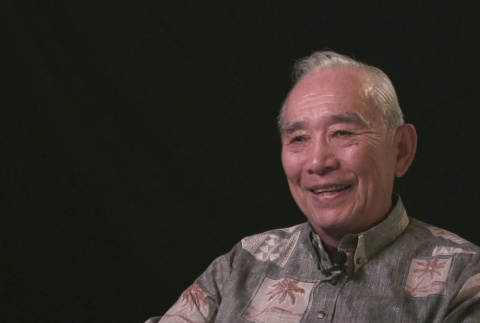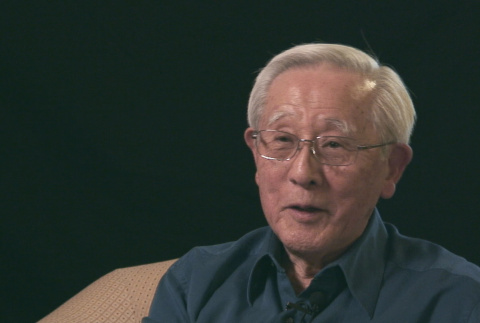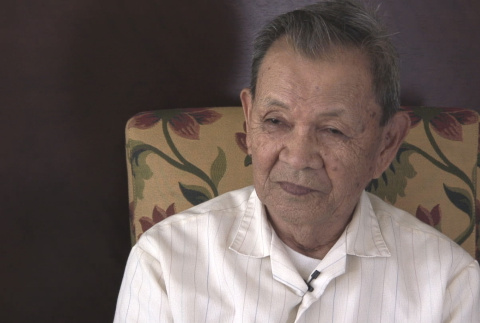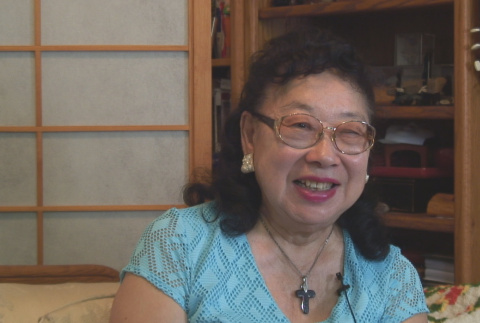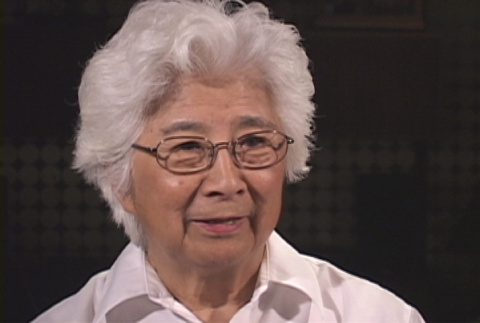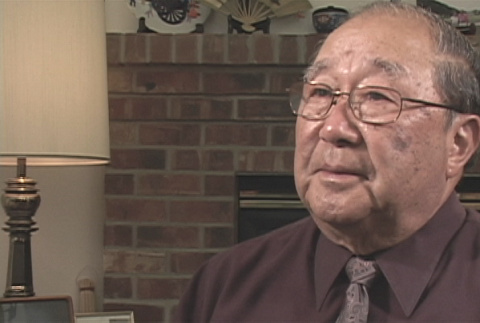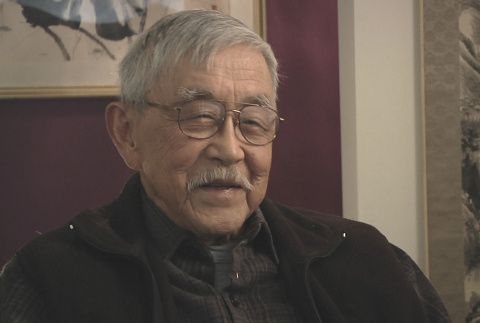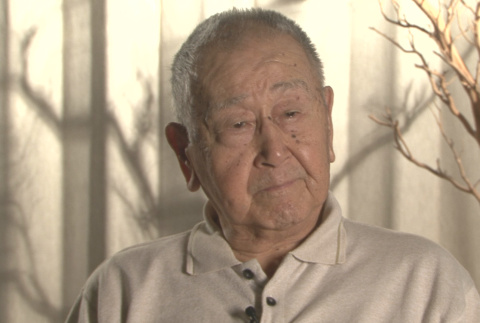Work leave
During World War II, Japanese Americans were seen as a source of replacement labor for the farms in Utah, Idaho, and Montana. Starting in May 1942, camp inmates could obtain temporary leaves to work in agriculture, either returning to the camps every night or living on the farm for an extended period. In 1942 alone, some 10,000 Japanese Americans left the camps to perform this seasonal work. Their labor was vital to the agriculture industry and thus to the war effort.
World War II
(231)
Leaving camp
(287)
Work leave
(326)
Related articles from the
Densho Encyclopedia :
Hikaru Iwasaki
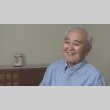
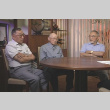

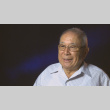


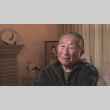

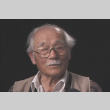

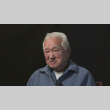



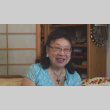
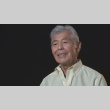
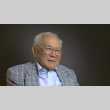


This interview was conducted by the Japanese American Museum of San Jose, and is part of a project entitled "Lasting Stories: The Resettlement of San Jose Japantown," a collaborative project between the Japanese American Museum of San Jose and Densho.
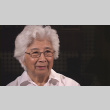
This material is based upon work assisted by a grant from the Department of the Interior, National Park Service. Any opinions, finding, and conclusions or recommendations expressed in this material are those of the author(s) and do not necessarily reflect the views of the Department of …
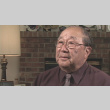
This material is based upon work assisted by a grant from the Department of the Interior, National Park Service. Any opinions, finding, and conclusions or recommendations expressed in this material are those of the author(s) and do not necessarily reflect the views of the Department of the Interior.
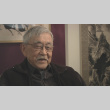
This material is based upon work assisted by a grant from the Department of the Interior, National Park Service. Any opinions, finding, and conclusions or recommendations expressed in this material are those of the author(s) and do not necessarily reflect the views of the Department of the Interior.
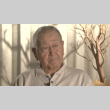
This material is based upon work assisted by a grant from the Department of the Interior, National Park Service. Any opinions, finding, and conclusions or recommendations expressed in this material are those of the author(s) and do not necessarily reflect the views of the Department of …
